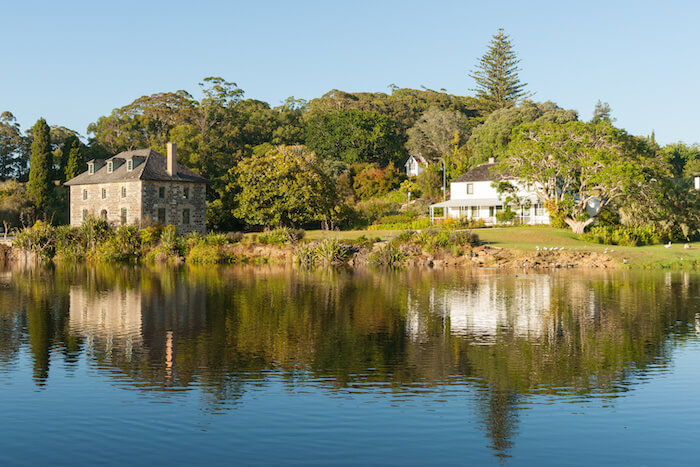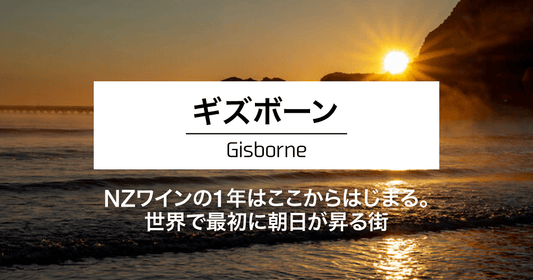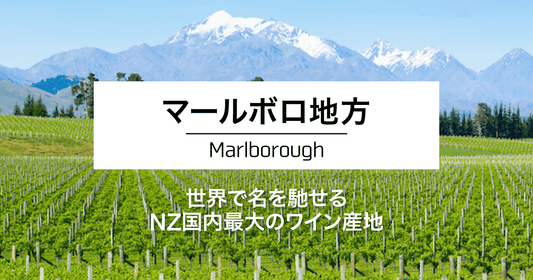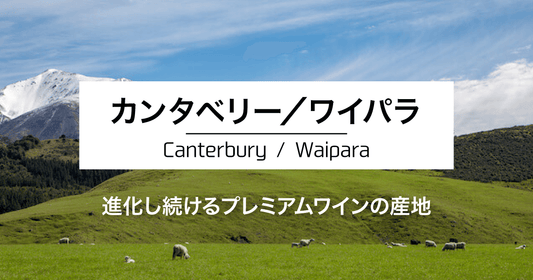
Northland is the region where grapes were first planted in New Zealand and is known as the "home of New Zealand wine."
It is the northernmost wine-producing region in the country and is classified as having a subtropical climate , which is not exactly suitable for winemaking, but several wineries are working hard to continue producing wine. In addition to wine grapes, the region is blessed with a rich variety of crops, including blueberries, avocados, and red pineapples.
It is a three hour drive from Auckland , New Zealand's largest city, or a 45 minute flight.

Jutting out into the Pacific Ocean, the area has unique features that set it apart from other production areas in the country.
Let's take a closer look at Northland, which is an essential part of the history of New Zealand wine.
It is located at the same latitude as Kyoto City, but has a mild climate.
Northland lies at approximately 35 degrees south latitude .
If we apply this to Japan in the Northern Hemisphere, cities such as Kyoto are located at 35 degrees north latitude.
Kyoto City is known for being in a basin far from the sea, with hot summers and cold winters. However, the Northland region, which is at the same latitude, has a smaller temperature difference, with warm winters and cool summers.
| Northland Whangarei | Kyoto City | |
|---|---|---|
| Highest summer temperatures | 24℃ | 32℃ |
| Winter minimum temperature | 10℃ | 0℃ |
* "Whangarei" is the central city of the Northland region.
Comparing these two figures, we can see that the temperature difference over the course of a year is very small.
When you think of a subtropical climate in Japan, Okinawa comes to mind, right?
Yes, that's why I thought it might be a little hotter.
Naha City is located at a latitude of around 26 degrees, so even though it is both in the "subtropical" zone, the surrounding environment is very different.
The annual rainfall is about 1,300mm, which is relatively high for a wine producing region. By the way, the rainfall in Blenheim, Marlborough, New Zealand's largest wine producing region, is 720mm, so it's almost twice as much rain.
Grape cultivation is best suited to soil with good drainage and a large temperature difference, so the Northland region's rainy and high temperatures are not exactly suitable for winemaking.
However, given its history, it is also true that it is a region that cannot be left out when talking about New Zealand wine.
Home of New Zealand wine
The Northland region is known as the "home of New Zealand wine" because it is the place where grapes were first planted and wine was first made in New Zealand.
Let's take a closer look at its history.
It is said that grape vines were first planted in 1819 by Reverend Samuel Marsden in the town of Kerikeri in the Bay of Islands.

Later, James Busby , an Englishman who is said to be the "founder of the Australian wine industry," made the first wine in New Zealand. The place was a town called Waitangi, located 20km east of Kerikeri.
This is why the region is known as the "home of New Zealand wine."
By the way, Waitangi is the place where the Treaty of Waitangi was signed between the indigenous Maori people and the UK, who were constantly fighting armed conflicts at the time. This treaty, signed in 1840, marked the beginning of the formation of New Zealand as a nation.

Later, in the late 1800s, Croatian immigrants arrived to mine kauri gum (amber), and European-style winemaking was adopted.
However, winemaking in Northland did not become an established industry for a long time, and full-scale production only began after the 1990s.
All small wineries
There are currently 15 wineries in the Northland region, all of which are family-run or similarly small , with no large estates.
There are only 15 of them!
However, there are benefits to being small-scale. Almost all wineries have cellar doors, and the proprietors themselves are often available for tastings.
They take pride in their winemaking and will often tell you about the local traditions and ingenuity behind their winemaking.
Although this land is by no means suitable for grape cultivation, producers plant varieties such as Cabernet Sauvignon , Merlot , and Pinotage, which can thrive in the warm subtropical climate, and continue to produce wine through the ingenuity and ingenuity of the producers.
The production volume is very small, accounting for only 0.1% of New Zealand's total, and most of it is consumed locally. Naturally, it does not enter Japan.
The only way to taste Northland wines is to actually visit the region.
Enjoy local pairings
In warm Northland, pair local wines with indigenous produce.
You can enjoy the Northland region on a deeper level by pairing it with fresh dishes made with avocado, macadamia nuts, citrus fruits and subtropical fruits, as well as the abundant seafood.
Other activities available include cruises, diving, fishing and swimming with dolphins.
The Northland region boasts a pleasant climate all year round, making it a must-visit wine-producing region for anyone visiting the Auckland area.






